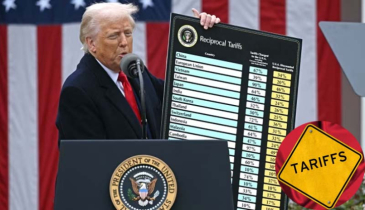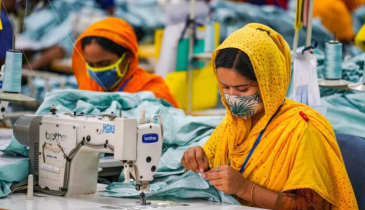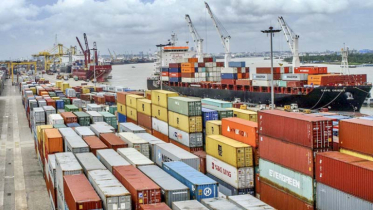India has the potential to gain from US tariffs, says GTRI report

India stands to gain from the recent tariff hike announced by the United States, particularly as it offers a competitive edge over other Asian nations affected more severely by the changes, according to a report by the Global Trade Research Initiative (GTRI).
The report was released just ahead of the new 27% US tariff coming into effect on Wednesday. As part of India’s response, Commerce and Industry Minister Piyush Goyal is scheduled to meet with Indian exporters on April 9 to discuss strategies for navigating the new trade environment.
GTRI notes that India could turn the situation to its advantage if it undertakes key reforms aimed at expanding production capacity, increasing domestic value addition, and boosting the global competitiveness of its industries.
While Indian exports such as steel, aluminium, and automobiles face a 25% tariff, other categories like pharmaceuticals, semiconductors, copper, and energy products are exempt. A 27% duty applies to several other goods, but the report suggests India is still better positioned than many of its Asian peers.
The report highlights textiles and garments as one of the sectors likely to benefit significantly. With higher US tariffs on imports from China and Bangladesh, Indian manufacturers may see increased market share, expanded export volumes, and opportunities to attract relocated production units.
In technology-related sectors like electronics, telecom, and smartphones, countries such as Vietnam and Thailand are expected to become less cost-competitive due to the steep US tariffs. This shift could open doors for India to attract investment in manufacturing and component assembly as global firms seek to diversify supply chains.
Other sectors such as machinery, automobiles, and toys—where countries like China and Thailand currently hold a strong foothold—could also witness a reshuffling of production hubs. With targeted policies and strategic investment, India has the potential to draw foreign direct investment and scale up its domestic manufacturing base in these areas, the report concludes.
.png)









